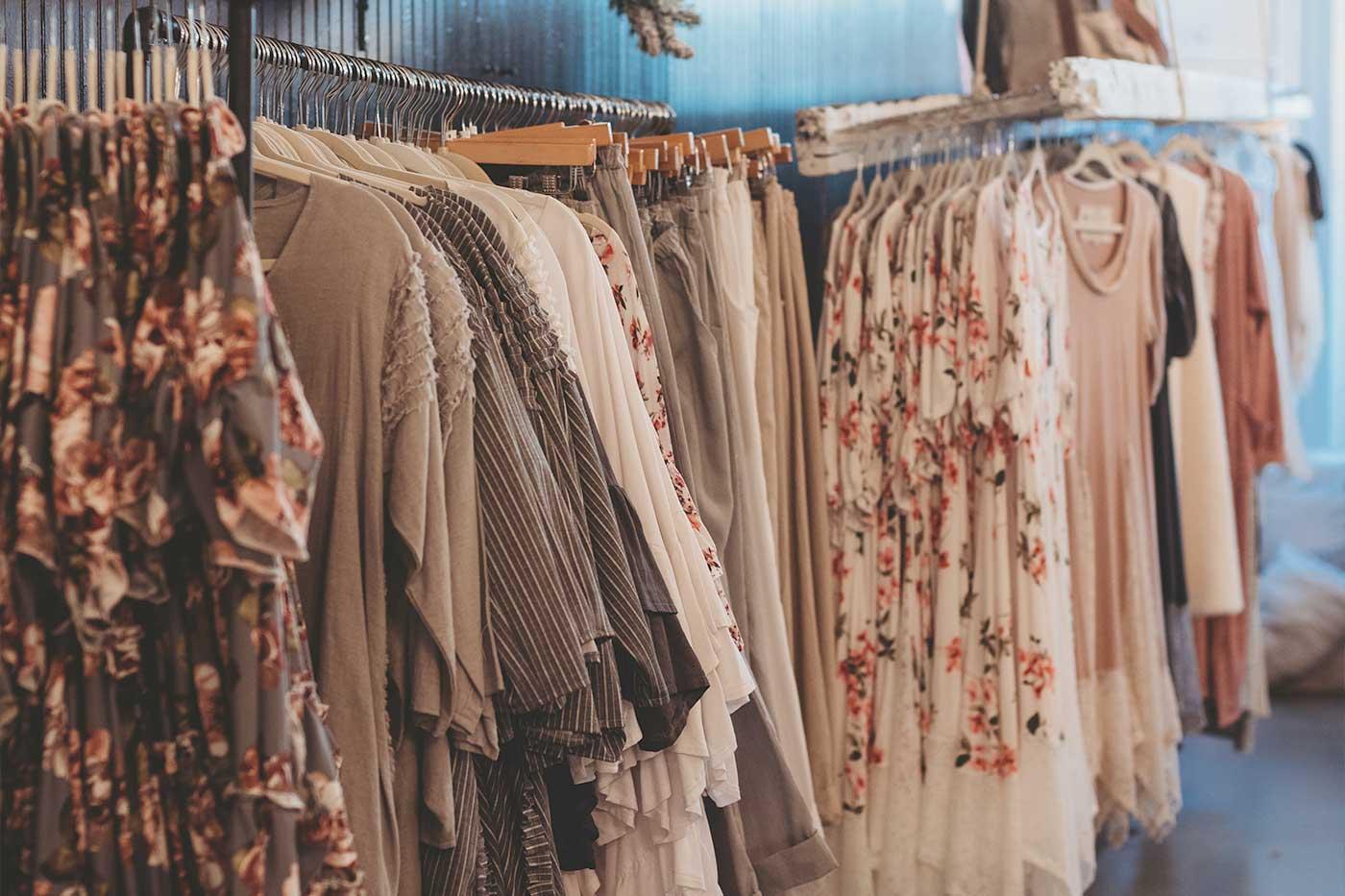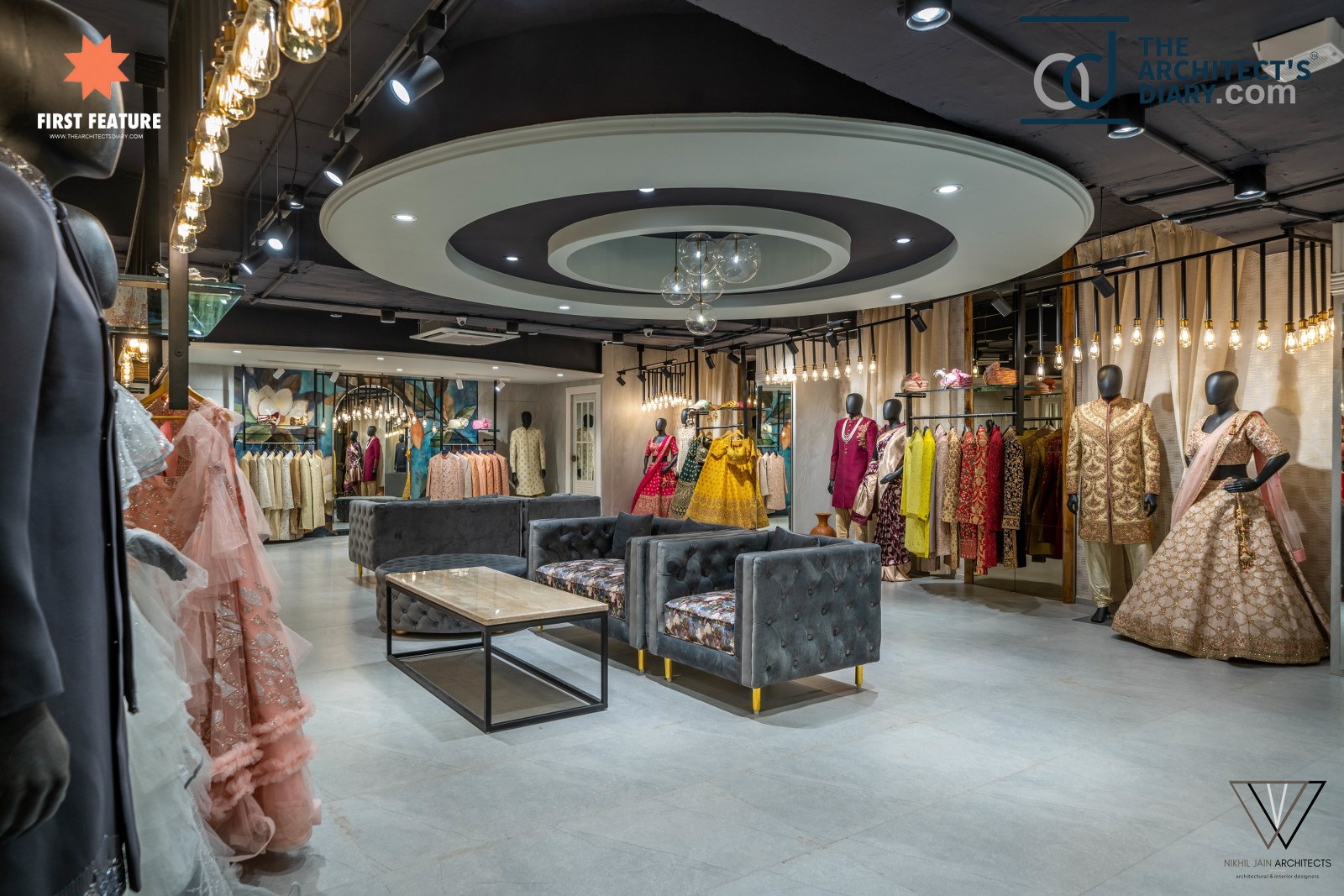Checking out the World of Sustainable Boutique Fashion Brands
Checking out the World of Sustainable Boutique Fashion Brands
Blog Article
Lasting Fashion: Just How Eco-Friendly Clothing Is Shaping the Future of Style
As the garment industry deals with raising scrutiny over its environmental influence, the rise of sustainable fashion uses an encouraging alternative that lines up design with eco-friendly duty. Using cutting-edge products such as plant-based textiles and recycled fibers, along with innovative approaches like digital and 3D printing, designers are redefining what it means to be stylish in the modern age. Concurrently, the expanding popularity of upcycling and second hand society is fostering a shift towards a circular economic climate. Yet, how does this motion truly affect the future trajectory of style, and what obstacles exist in advance in its extensive fostering?
Innovative Lasting Products
As the apparel industry comes to grips with its ecological influence, ingenious sustainable products have become a crucial option for minimizing environmental impacts. Amongst the most promising materials are those acquired from natural, eco-friendly sources, such as organic cotton, hemp, and bamboo. These materials not only lower reliance on fossil gas but additionally lessen dangerous pesticide use and water usage. Organic cotton, for example, utilizes significantly much less water than standard cotton and removes the requirement for toxic chemicals, consequently maintaining soil health and biodiversity.
Along with plant-based materials, improvements in biofabrication have actually brought about the growth of lab-grown textiles. Mycelium leather, acquired from mushroom roots, offers a biodegradable and flexible alternative to animal natural leather. Its manufacturing causes considerably lower carbon emissions and water usage, making it a much more sustainable choice for designer seeking to line up with green techniques.
Recycled products are likewise acquiring traction, with polyester made from recycled plastic bottles representing a significant breakthrough. This advancement not just draws away plastic waste from seas and land fills yet additionally minimizes energy consumption contrasted to creating virgin polyester. Together, these materials emphasize the capacity for a more sustainable garment industry, leading the method for environmentally aware layout and production.
Eco-Conscious Manufacturing
Building on the advancements in sustainable products, the style market is also re-evaluating its production procedures to even more lower environmental influence. Secret methods include lessening water intake, minimizing carbon emissions, and getting rid of harmful chemicals.
Another vital facet is the decrease of harmful chemicals commonly used in dyeing and finishing fabrics. Eco-conscious suppliers are shifting towards plant-based dyes and waterless dyeing modern technologies, which not just protect neighborhood ecosystems but likewise enhance employee security. Technologies like electronic printing reduce fabric waste and energy intake, supplying a cleaner choice to conventional techniques.
Moreover, transparency and traceability have ended up being vital. With the improvement of blockchain technology, companies can now offer comprehensive insights into their supply chains, making certain eco pleasant and moral methods at each action. This openness builds customer depend on and motivates brands to preserve high sustainability criteria. As the demand for eco-conscious products grows, producers are obliged to introduce, ensuring that the future of style is both sustainable and fashionable.
The Surge of Upcycling
Upcycling, a transformative practice in sustainable style, involves artistically repurposing disposed of products into brand-new, high-quality items. This innovative strategy not just lowers waste however additionally reduces the need for basic materials, thereby decreasing the environmental influence of clothes production. By reimagining and reconstructing existing items, developers and style brand names have the ability to infuse creativity into their collections while promoting ecological responsibility.

Additionally, the upcycling movement has empowered independent designers and tiny services, who usually lead in advancement because of their dexterity and imagination. By profiting from the bountiful accessibility of unused products, these entities add to a circular economy, showing that style can be both lasting and elegant. With upcycling, the sector takes substantial strides in the direction of a more liable and mindful future.
Thrift Society's Influence
The expanding thrift culture dramatically improves the landscape of lasting fashion, highlighting the importance of conscious usage. This social shift encourages consumers to welcome secondhand clothes, thus lowering the demand for new garment manufacturing and lessening environmental impact. Second hand buying not just extends the lifecycle of garments but also decreases the carbon impact associated with production, transporting, and taking care of clothing.
A vital aspect of second hand culture is its democratization of style. By using a large array of designs from numerous periods at affordable rates, thrift stores make fashion accessible to a more comprehensive target market. This ease of access promotes a sense of individuality and creative thinking, as customers mix and suit unique items to curate tailored wardrobes without adding to the fast style cycle.
Furthermore, second hand culture advertises circularity in vogue, aligning with the principles of a round economic climate. By recirculating garments, the cycle of waste is disrupted, and resources are conserved. This method supports a change from a straight "take-make-dispose" version to an extra lasting structure. As even more consumers and designers embrace thrift society, the style sector is urged to adjust, incorporating lasting practices to meet the growing need for eco-conscious choices.

Future Trends in Style
Style's evolution is progressively formed by technological advancements and sustainability-driven campaigns. One popular pattern is the surge of electronic fashion, where online garments can be worn in augmented reality atmospheres, dramatically minimizing material waste.
Furthermore, the combination of blockchain modern technology offers new opportunities in openness and traceability, permitting consumers to confirm the sustainability qualifications of their apparel. boutique fashion. This makes certain accountability in supply chains and promotes ethical sourcing techniques. 3D printing is yet another innovation that promises you can try this out to transform manufacturing processes by allowing on-demand manufacturing, therefore lowering excess supply and waste
In addition, the growth of bio-fabricated products, such as lab-grown leather and plant-based fabrics, offers lasting options to standard materials. These innovations decrease reliance on pet items and resource-intensive crops. As these innovations develop, they are poised to transform the style landscape, combining style with sustainability. The future of fashion, therefore, depends on a seamless mix of innovation, advancement, and ecological responsibility.
Conclusion
The makeover of the style industry via sustainable methods shows an essential change in the direction of environmental responsibility. The combination of innovative products, eco-conscious manufacturing strategies, and the embracement of upcycling and thrift society highlights a commitment to lowering environmental impacts. As these methods obtain momentum, they redefine the industry's story by focusing on ethical and lasting selections. This development not only lines up fashion with ecological sustainability yet likewise establishes a precedent for find out here now future patterns concentrated on duty and advancement.
As the fashion market deals with enhancing analysis over its environmental impact, the increase of lasting style supplies an encouraging option that lines up design with eco-friendly responsibility.As the fashion sector grapples with its environmental impact, innovative sustainable materials have arised as a vital remedy for lowering eco-friendly impacts. Together, these materials highlight the possibility for an extra lasting style sector, leading the means for eco conscious design and manufacturing.
Structure on the innovations in sustainable materials, the fashion market is likewise re-evaluating its production processes to even more decrease ecological effect. boutique fashion.Upcycling, a transformative practice in sustainable style, includes creatively repurposing discarded materials right into brand-new, view publisher site high-quality products
Report this page